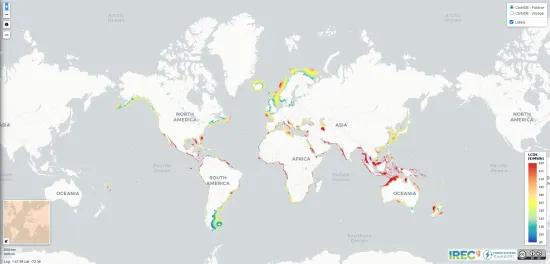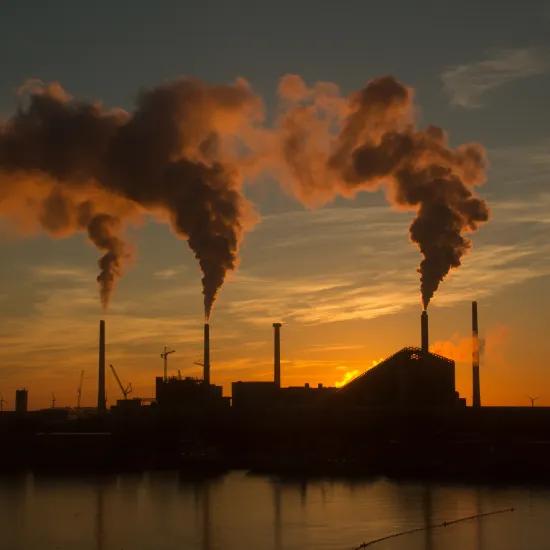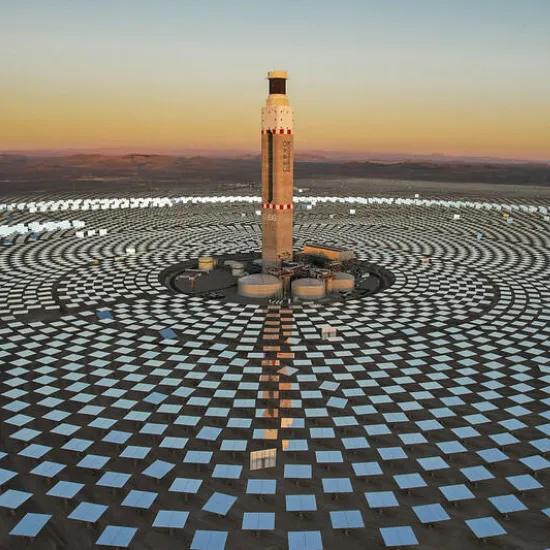New developments in technology, materials and information can make the operation of future floating wind farms cheaper, which will also reduce electricity generation costs.
In shallow waters, offshore turbines are fixed to the sea or ocean floor. However, deep water areas are more interesting because winds are typically stronger there and have the capacity to generate twice as much energy. But here, floating turbines are the only option. Moored to the seabed, these floating offshore wind turbines are one of the most promising energy technologies today, but need to be further optimised to help reduce development, deploying and maintenance costs
Innovation in concept, materials and structures
Researchers at the US Lawrence Berkeley National Laboratory (Berkeley Lab) have developed technologies) allowing optical fibre sensors and new materials to reduce the cost of floating wind turbines, and to engage in self-monitoring and self-repair. In collaboration with experts in material science, engineering, geophysics and developers of floating wind turbines, they are currently working on cost-reducing solutions for the development and deployment of floating offshore wind turbines, while minimising environmental impacts.
The researchers are developing sensing technologies consisting of optical fibre cables, which can be integrated into the structures of the floating turbines. This would allow the structures to self-monitor real-time damage which could lead to costly repairs. The optical fibre cable will function as the turbines' nervous system, and tests for damage detection on expensive components such as the tower and gearbox have already been carried out.
The sensor data will provide researchers with the necessary knowledge to develop resilient, cost-effective materials at the system level. The structural materials will therefore become more resistant to the harsh environment and extreme weather conditions specifically found in seas and oceans. Materials can be developed to give the structures self-healing properties; for example, reactions triggered by seawater intruding into through a crack and sealing the crack without any further intervention.
Digital twins can be used to monitor and predict the performance of offshore systems. These representations of structures, created using advanced computer modelling, are often used in conjunction with real-time monitoring data. It allows researchers to control, simulate and monitor how a floating offshore wind system would react in different weather and maritime conditions. By feeding real-time data into the digital twin, the system's response to real conditions on the water can be monitored to support decision-making, for example when to send a team to conduct system inspection. By avoiding unnecessary trips and allowing proactive maintenance before major expensive breakdowns occur, costs can be significantly reduced.
LCOE mapped
The Power Systems group at Spain's IREC (Institut de Recerca en Energia de Catalunya) has developed a tool in the form of a world map which displays the Levelized Cost Of Energy (LCOE) of floating offshore wind systems. The map shows the effective potential of the technology in different regions of our planet, indicating the most suitable locations. This is the next step in evaluating the potential of floating offshore wind systems, compared to just evaluating wind energy, as variable cost factors would depend on factors such as bathymetry (i.e. measuring the topographic height of the seabed), ocean conditions, distance to the coast, distance to a port... For the energy reaping calculations, not the output of the turbines, but the energy effectively delivered was taken into account.
The analysis was extended to 400 km off the coast and between 60 and 1,000 m depth, to certainly include all relevant areas where the technology could be installed in the short and medium term. The LCOE values obtained represent average results of different floating concepts supporting a 15 MW turbine in a 300 MW wind farm. These data taken into account, several areas with an LCOE below €100/MWh were identified.
|





